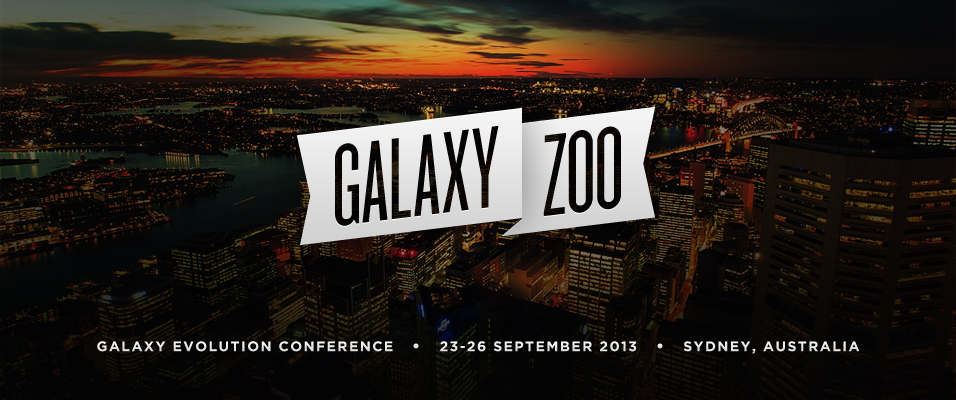
UV Bright Red Sequence Cluster Galaxies: Their Environment and Morphology
Jake Crossett (Monash University)
While it is commonly accepted that most spheroidal galaxies on the red sequence contain largely older stellar populations, it has been suggested that a small amount of recent star formation may have occurred within the last billion years (Yi et al. 2005; Kaviraj et al. 2007; Schawinski et al. 2007). This residual star formation is observationally detected by high NUV flux, and is found to be present in over 10% of early-type galaxies down of a magnitude of R=-18 in clusters at z~0.1. I will present results using Galaxy Zoo, to determine the morphological and environmental properties of these galaxies with residual star formation in the NUV.
I will show that despite optical colours corresponding to the red sequence, these galaxies are not found to resemble early-type galaxies, but reside in low density (~100 Gal/Mpc2) at predominantly high (>2Mpc) radii from their host cluster centre. In addition to this, their morphology displays very spiral like signatures compared to quiescent red sequence galaxies. This suggests evidence of "quenching" of star formation in spiral galaxies, as opposed to a residual burst of star formation.
